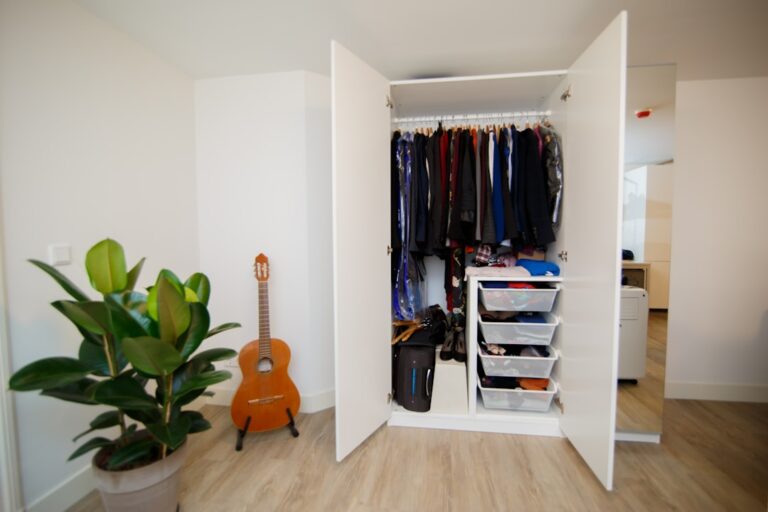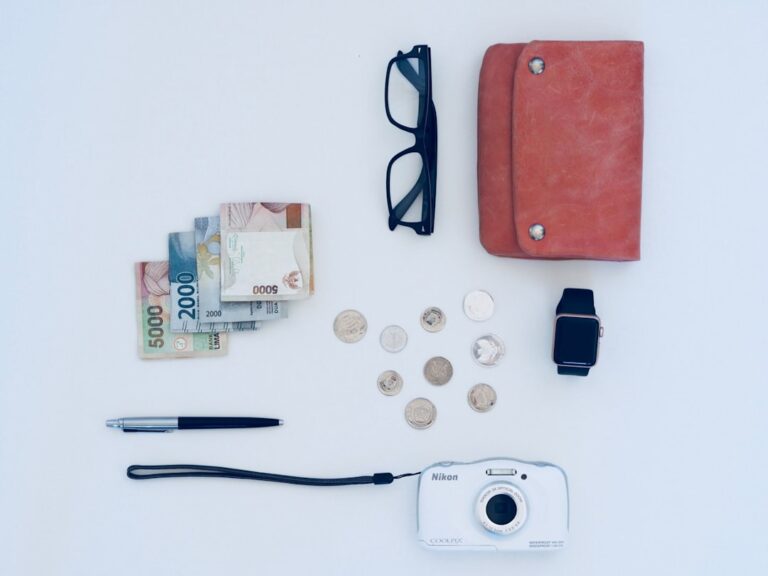
Do your books feel like they're taking over your home? Mine used to, and it felt like another form of clutter I needed to conquer.
There's a special peace that comes from having a place for everything and everything in its place. For a long time, my "library" was just stacks of books on every available surface, a chaotic testament to good intentions. It felt overwhelming. I knew I needed a change. Just like I learned to simplify my life by letting go of unhealthy habits like endless gaming sessions or binge eating, I realized my physical space also needed that same intentional approach. I wanted a library that felt calming and inspiring, not suffocating.
A minimalist library isn't about having no books. It’s about having the right books. It’s about creating a space that serves your purpose, inspires genuine learning, and brings you peace. Think of it as curating a collection that truly matters, rather than just accumulating. Here are 15 ideas to help you create your own peaceful, purposeful minimalist library setup.
Start with Your Why
Before you move a single book, ask yourself: Why do I have these books? What purpose do they serve in my life? This isn't just about clearing space; it’s about making room for what truly matters, for growth, and for the wisdom you seek.
- Define Your Purpose: Do you want a library for deep study, spiritual growth, creative inspiration, or just pure enjoyment? Knowing this helps you choose what stays. For me, strengthening my Christian Orthodox faith means my spiritual books are foundational.
- Quality Over Quantity: This is the golden rule. Instead of keeping every book you've ever read or plan to read, focus on books that truly resonate, educate, or inspire you. If a book doesn't add value to your life, it's okay to let it go.
- The "One In, One Out" Rule: This simple habit changed how I approached many things. When you bring a new book into your home, choose an old one to donate or gift. It keeps your collection balanced and prevents accumulation.
- Embrace Digital Books: E-readers are incredible space savers. If you love reading but don’t need a physical copy, consider going digital. It's especially useful for books you might read once and move on from.
- Utilize Your Local Library: Don't buy every book you want to read. Borrow from your local library. It's a fantastic way to enjoy new titles without adding to your permanent collection.
Smart Storage and Display
Once you know which books you want to keep, it's time to think about how they live in your home. The goal here is simplicity and order.
- Go Vertical: Walls are your friends. Use tall, slim bookshelves or mount shelves high up to maximize vertical space. This draws the eye upward and keeps floor space clear.
- Invisible Shelves: For a truly minimalist look, consider "invisible" floating shelves. They give the illusion that books are floating on the wall, creating a clean, airy feel.
- Curate by Category or Theme: Grouping books by topic makes them easier to find and creates a sense of order. For instance, all your history books together, or all your theological texts.
- Display Favorites Only: Your most beloved, most often referenced, or most beautiful books deserve a prime spot. Don't feel pressured to display every single book you own.
- Use Baskets or Bins for Overflow: If you have some books you're not ready to part with but don't need on display, store them neatly in attractive, simple baskets or bins. This keeps them tidy and out of sight.
Creating Your Reading Nook
A minimalist library is more than just books; it's about the space where you engage with them. Make it inviting and free from distractions.
- Clear the Clutter Around Books: Don't let your bookshelf become a dumping ground for keys, mail, or random knick-knacks. Keep the area around your books clear and clean. A simple plant or a single piece of art can be lovely, but keep it minimal.
- Create a Dedicated Reading Nook: Even a small chair by a window with good lighting can be your sacred reading space. Keep it simple and comfortable. No TV. No gaming console. Just peace. This focused environment is key to my short bursts of deep work.
- Simple Lighting: Good lighting is essential for reading, but it doesn't have to be complicated. A simple, functional floor lamp or a small table lamp works perfectly.
- Rotate Your Collection: Just like I rotate my workout routines, you can rotate your books. Store some away and bring out others seasonally or when a new topic sparks your interest. This keeps your space fresh and helps you appreciate what you have.
- Regular Purging and Donation: This is ongoing work. Periodically review your collection. Are there books you’ve read and gained all you can from? Books that no longer align with your purpose? Donate them. This regular practice helps maintain your minimalist ideal. When I lost over 110 pounds, it wasn't a one-time decision but a series of small, consistent actions. The same applies to keeping a minimalist library.
Creating a minimalist library is a journey, not a destination. It’s about being intentional with what you bring into your life, whether it’s books, food, or habits. I’ve learned that true satisfaction doesn't come from having more, but from truly valuing what you do have. My productive routine, built on short bursts of deep work and daily gratitude, thrives in an environment free of excess. My faith also teaches me to seek purpose and value, not just accumulation.
So, what's one small step you can take today to simplify your book collection? Maybe you'll choose one book to donate, or clear one shelf of clutter. Start small. Celebrate that win. You'll be amazed at the peace it brings.





